Plants That Don’t Need Soil – Nature’s Wonders
Nature works wonders all around us and shows us it can always find solutions, no matter what. Moreover, to keep with the topic of this article, nature crawls into every narrow corner, given minimal living conditions. Hydroponic gardens now allow us to grow plants without rooting them in soil, something hard to imagine many years ago. The main advantage of growing without soil is the elimination of fungus and soil-borne diseases which kill or greatly stunt the growth of the plant, not to mention the aesthetics plus it brings into a room. Below, we have selected several plants that don’t need soil to inspire you in creating an original green pocket in your home.
Aloe vera is a decorative plant which also has a practical role at home, cleaning the air of formaldehyde and benzene, two toxic elements. Since aloe plants need very well-draining soil, they do quite well in a container filled with pebbles, sand or a mixture of both. Aloe is a succulent, so it holds onto most of the water it is given to withstand severe drought. This plant does well on limited watering so it is ideal for those busy with little time to cater to plants.
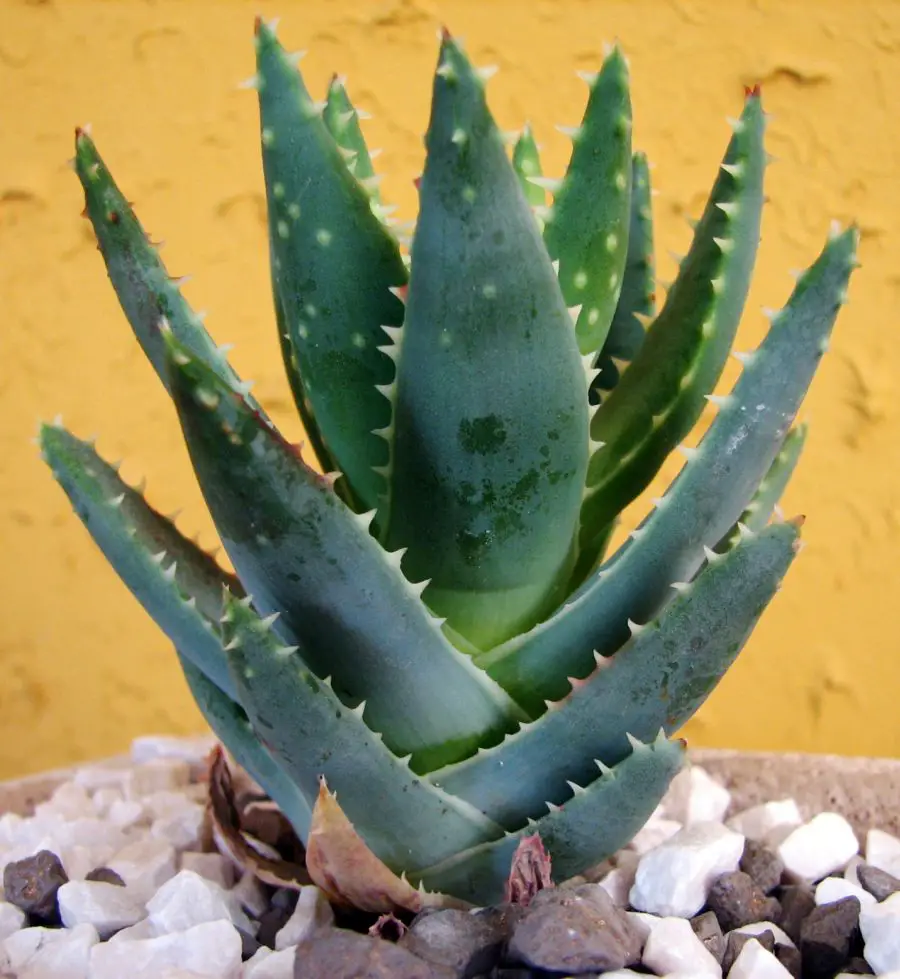
Plants that don’t need soil – aloe vera
Orchids can also be grown easily without soil. The alternative is the use of lava rock, which is very porous, as an excellent way to grow orchids. Orchids take their needed nutrients directly from the air, so good circulation is very important. The lava rock allows the orchid’s root system to grab the nutrients, while helping to hold the plant upright.
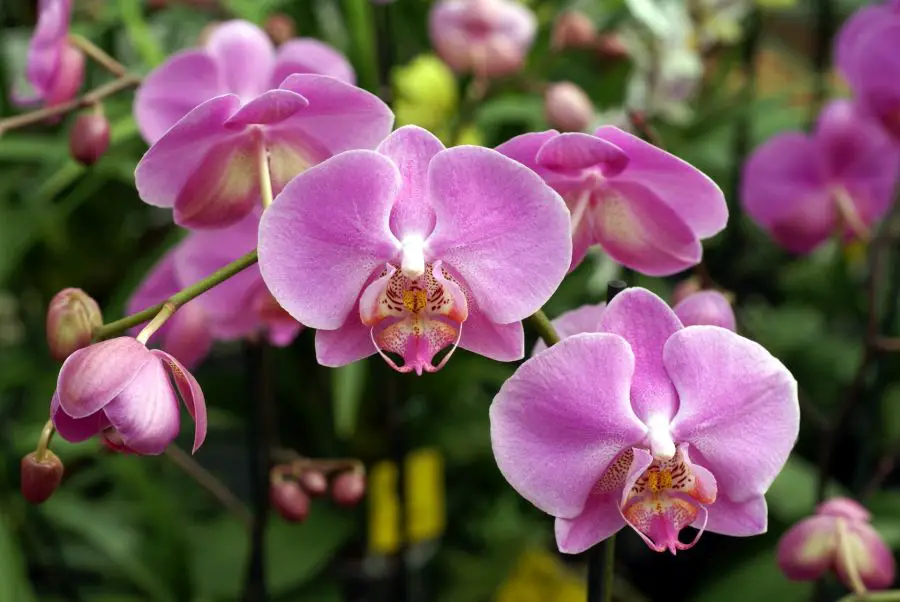
Plants that don’t need soil – orchids
Tillandsia, also known as “air plant,” is an epiphyte. This means that it doesn’t need soil, but, instead, obtains water and nutrients from the air. You grow Tillandsia not by planting it in a pot, but by mounting it to a board, tile, or other object, or by growing it in a special Tillandsia planter, which is usually just a glass hanging globe with holes in it to increase air flow. This type of plant needs bright, indirect light to grow well.
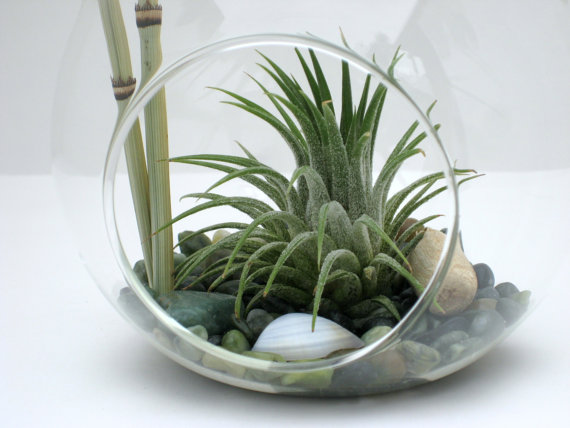
Plants that don’t need soil – tillandsia
Horticulturists say we can even grow vegetables in hydroponic gardens as long as they find the nutrients in the water below. You can as well use sand, pebble, saw dust and shavings instead of water, provided these hydroponic solutions give the plant everything it would have gotten from the soil, such as nitrogen, phosphorus and potassium, among others.
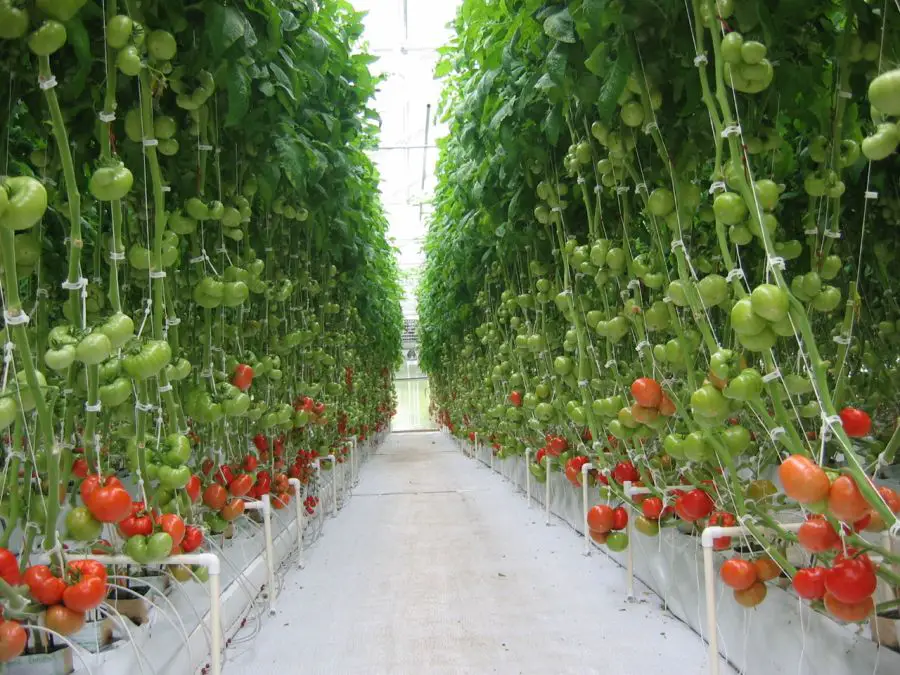
Plants that don’t need soil – tomatoes in a hydroponic garden
Finally, Aechmea is another epiphyte plant which takes its nutrients from air, rather than soil. Its name comes from the Greek word for spear, and it represents the flower’s bold shoot of color emanating from its clustered leaves, lasting from late spring till late summer.
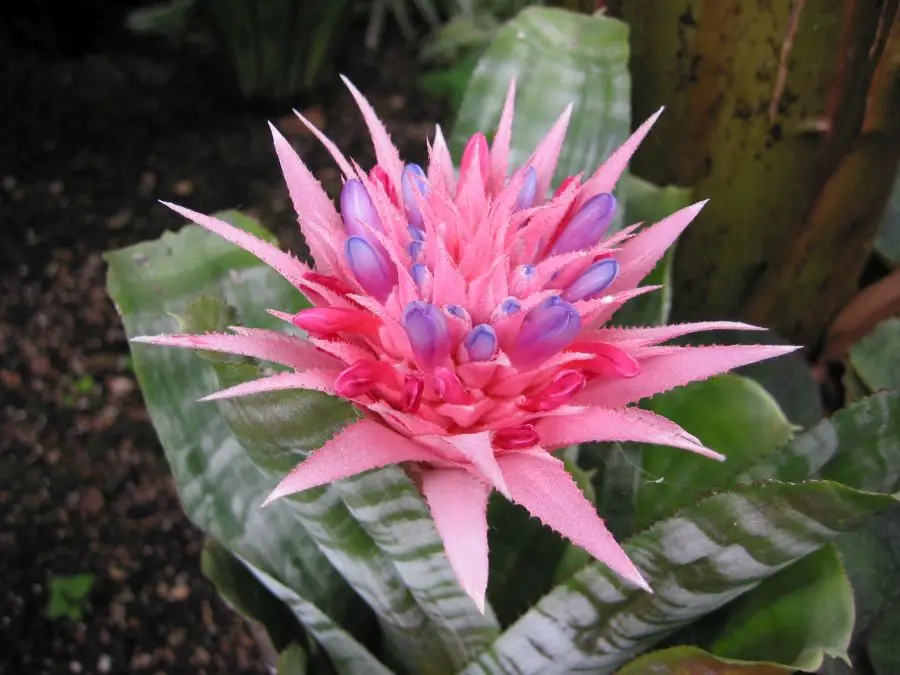
Plants that don’t need soil – Aechmea
Sources: Treehugger.com, Ehow.com, Details.com















